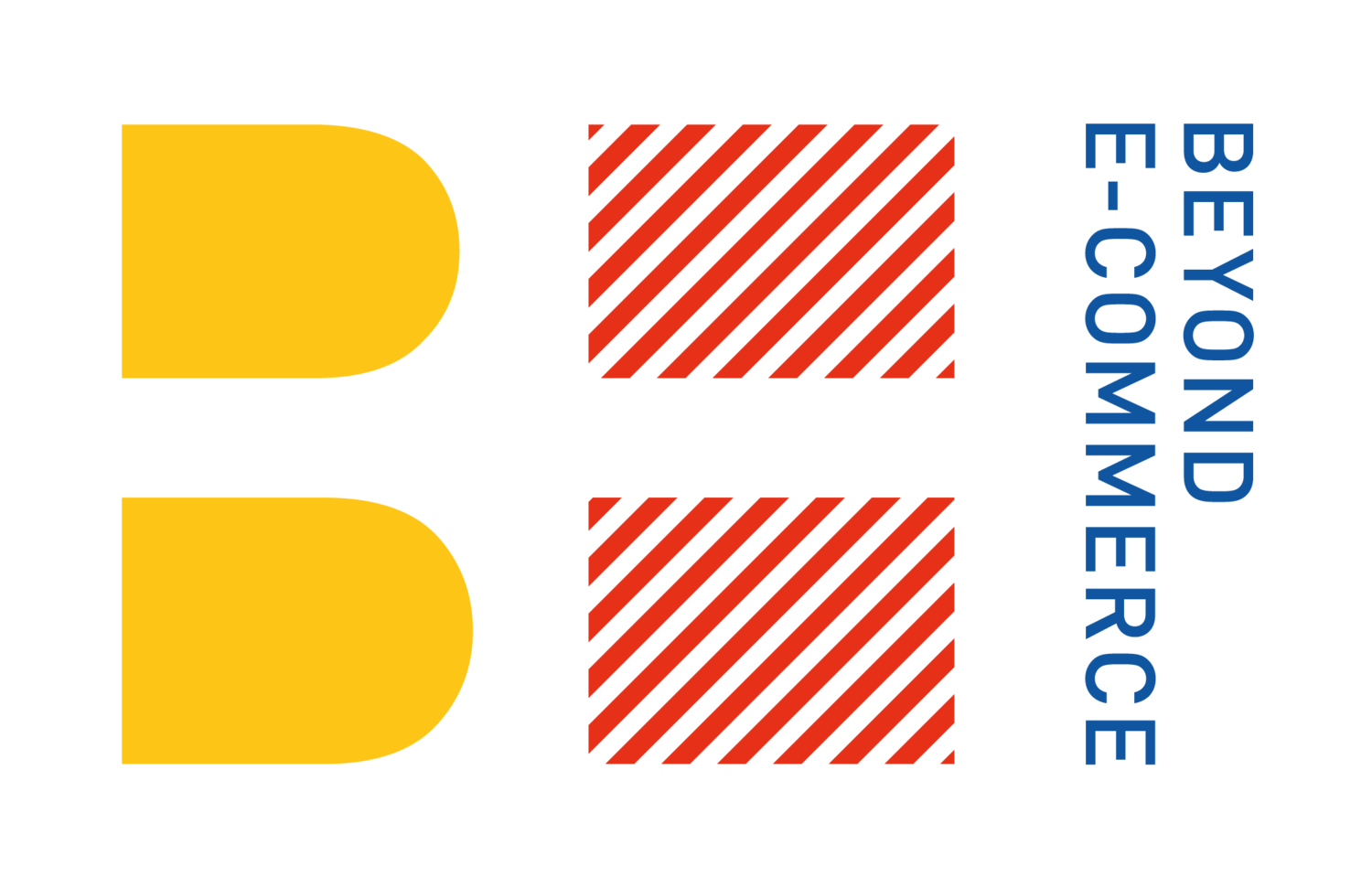Lean IT: Success factors for applying lean management methods to IT
There is no industry that does not question the importance of cumbersome processes and excessive costs. This applies to all areas, from production (lean production) to retail and
e-commerce(lean logistics). And yet, time and again, we see organizations struggling with the same problems (e.g. digitalization, direct to consumer, transformation). Too many IT units continue to try to solve them with the same old tools. It's time to try something different.(Lean management consulting is the solution for rapid implementation!) The success factors of digital transformation are fundamentally known.
Digital transformation: The problem of modern IT in companies
IT used to be something special because it was expensive, slow and non-transparent. But then the internet came along and changed everything. Now any company could buy complex IT applications (e.g. an online store). And with the advent of cloud computing, IT became even cheaper and more accessible. Company management was forced to rethink their own IT departments and see them as just another service provider. Often, IT departments were classified as pure cost centers.
IT became more and more distanced from the business. The service or helpdesk became the castle wall of an IT silo. Efficiency, especially ongoing cost reductions and stability were the most important quality features of IT. It is therefore understandable that conflicts arose between managers in the business and in corporate IT. These conflicts could not keep up with the pace of business (e.g. increasing digitalization). IT was said to be too slow, too expensive and not geared towards business success. Studies came to the conclusion that IT tends to hinder the business and that management should control IT itself.
The application of lean principles to achieve lean IT management and state-of-the-art digitalization
Another possible solution is the introduction of lean IT management and the continuous improvement process. Lean IT focuses on optimizing customer value by reducing waste, where waste is any activity that does not add value to a product/service. This also reduces costs. The focus is on achieving operational excellence through improved agility, service quality and process efficiency. It means building a culture in which IT staff are committed to lean IT processes. It also means engaging everyone in the organization to continuously improve services and maintenance value with less effort, optimizing IT operations and processes that support business-critical applications and support services. The goal is to achieve greater strategic and economic value through a rigorous problem-solving approach. In lean management, the focus is not on optimizing the costs of individual sub-processes, but on optimizing the entire value stream (transformation of business processes, value stream flow). This means that the focus is not only on reducing waste, but also on improving the effectiveness of the entire IT management process. For example, the focus should not be on reducing the number of errors, but on eliminating them altogether.
Lean thinking and lean management: the basis for lean IT
Lean thinking is neither a method nor a technology. Rather, it is a value-oriented way of thinking (customer orientation) that encompasses many different ways of working throughout the organization, including IT. The term "lean" itself comes from the Toyota production system, which was introduced in Japan in the 1960s (definition). Lean is about eliminating waste, improving quality and increasing efficiency by removing unnecessary steps, reducing inventory and automating manual processes. Lean thinking can be applied to any type of business. The key to success is understanding the concept and applying it consistently to create the optimal organization. Lean IT is a way to improve a company's processes, systematically optimize its software performance, maximize its customer value and enable digital transformation.
Graphic: From lean thinking to lean methods to lean IT, (own illustration)
New credo Lean IT management: The right success factors and application examples for implementation
IT should be streamlined by removing redundant applications and replacing the complex, static and expensive to maintain old systems throughout the company with a modular solution. Know-how: Decoupled IT systems based on a modern MACH architecture is often a possible solution for lean IT management. The aim is for the specialist department to make maximum use of the IT capabilities provided instead of developing all possible features, only a fraction of which can then be used. With lean IT management, the departments in the company are coordinated with each other. They understand the business and know what needs to happen for the company to move forward. Each department works together to find a solution that supports the company's success. The responsibility for performance and business success is shared by all stakeholders. Lean IT management helps to break down silos within an organization. This allows cross-functional teams to work together and share knowledge from the customer's perspective. It also ensures that all parts of the company are working towards a common goal (e.g. just in time, continuous improvement, efficient process design, etc.).
The 7 types of waste with examples from the IT world
Stocks
There are more software licenses than users or redundancy in databases
Too many links in the navigation menu that are only accessible to people who are not part of the sales team.
Overproduction
Development of something that the customer will not use.
The system issues reports with information that is not used by the users.
Waiting times
Development had to stop because it was waiting for a user story or some other kind of specification from the business stakeholders
The system takes a long time to switch from one application to the next, so the user has to wait.
Transportation
A programmer defines what is to be developed and sends it to the new product owner
Creation of unnecessary interfaces with other systems
Unnecessary work steps
Development of code without runtime optimization, which leads to server overload.
Unproductive meetings
Movement
The user must search for relevant information in other views and then enter it in the screen again
Committee
High inconsistency between the specification and the expected result.
The system displays an error message during correct application by the user
The next steps: Holistic lean management approach
These unnecessary activities (waste) must be eliminated wherever possible and in every process step. The avoidance of waste is at the heart of the work of Lean IT. Lean IT achieves the identification and avoidance of waste in the processes through lean methods. By using lean methods (e.g. value stream mapping, Kanban, error culture), lean IT can be a starting point for continuous improvement throughout the entire company. By applying lean principles (e.g. value orientation, pull principle, avoidance of muda, mura, muri), optimization potential can be consistently realized even in a difficult situation with increasing cost pressure due to recession or inflation.
Does that sound like your cosmos? It seems to you that we can help?
Contact us without obligation
info@beyond-ecommerce.com
follow us on twitter


